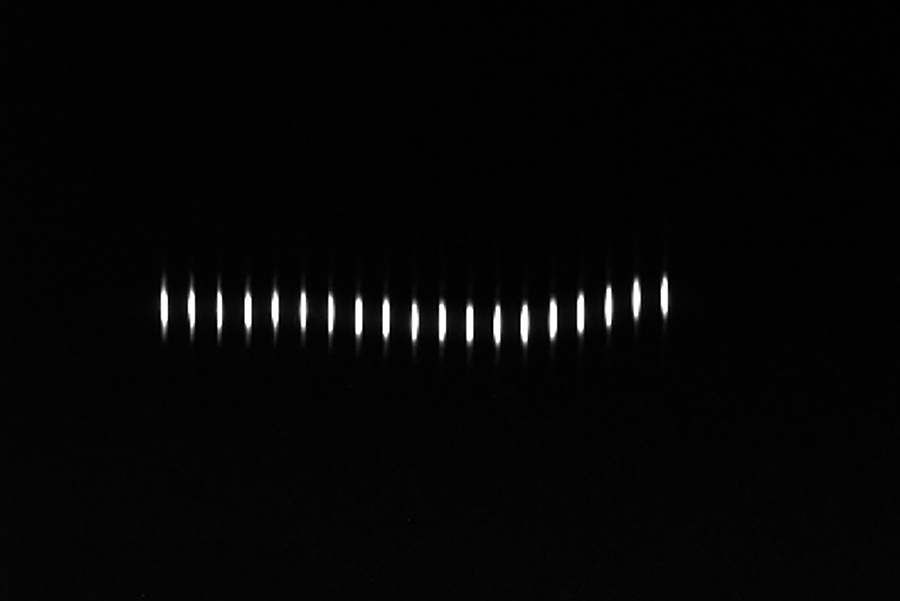Active Alignment for Optical Assembly – Precision Solutions for Every Challenge
What is Active Alignment?
Active Alignment for Optical Assembly is a key technology in high-precision manufacturing. It ensures sub-micron accuracy by continuously optimizing component positioning in real time. Unlike passive alignment methods, Active Alignment uses live optical feedback to achieve the highest possible performance.
This technology is essential for applications that demand exceptional optical precision, including:
Active Alignment for Optical Assembly – Our Solutions
Over the years, AIXEMTEC has developed multiple Active Alignment solutions tailored to various industries and applications. Our intelligent alignment systems optimize single metrology signals such as optical power and two-dimensional intensity profiles to ensure precise performance tuning. For complex optical setups, our MTF-based solutions combine multiple data sources, allowing fine-tuned alignment based on comprehensive signal analysis.
In highly demanding applications, such as fiber-to-PIC attachment or external cavity resonators, we integrate up to three alignment tools and multiple sensors. This enables efficient first-light search strategies and multi-variate signal optimization, ensuring a high degree of automation and accuracy. AIXEMTEC’s proven Active Alignment solutions can be adapted to various market needs, providing the perfect balance between precision, speed, and reliability.

How Active Alignment for Optical Assembly Works
- Initial Positioning – Optical Components are roughly placed in position.
- Real-Time Optical Feedback – Metrology sensors continuously measure key performance indicators.
- Automated Fine-Tuning – The system optimizes position, rotation, and tilt based on optical performance.
- Final Fixation & Validation – Once optimal alignment is achieved, components are permanently secured.